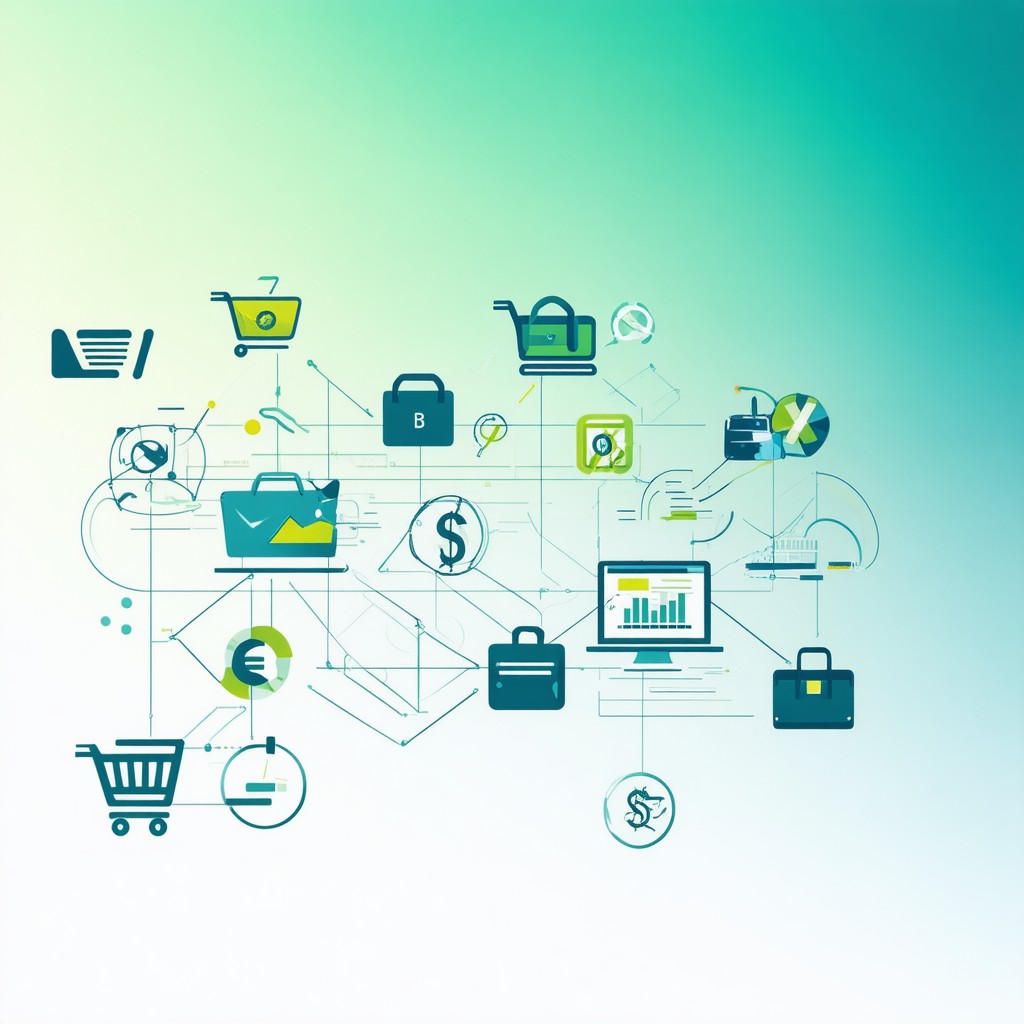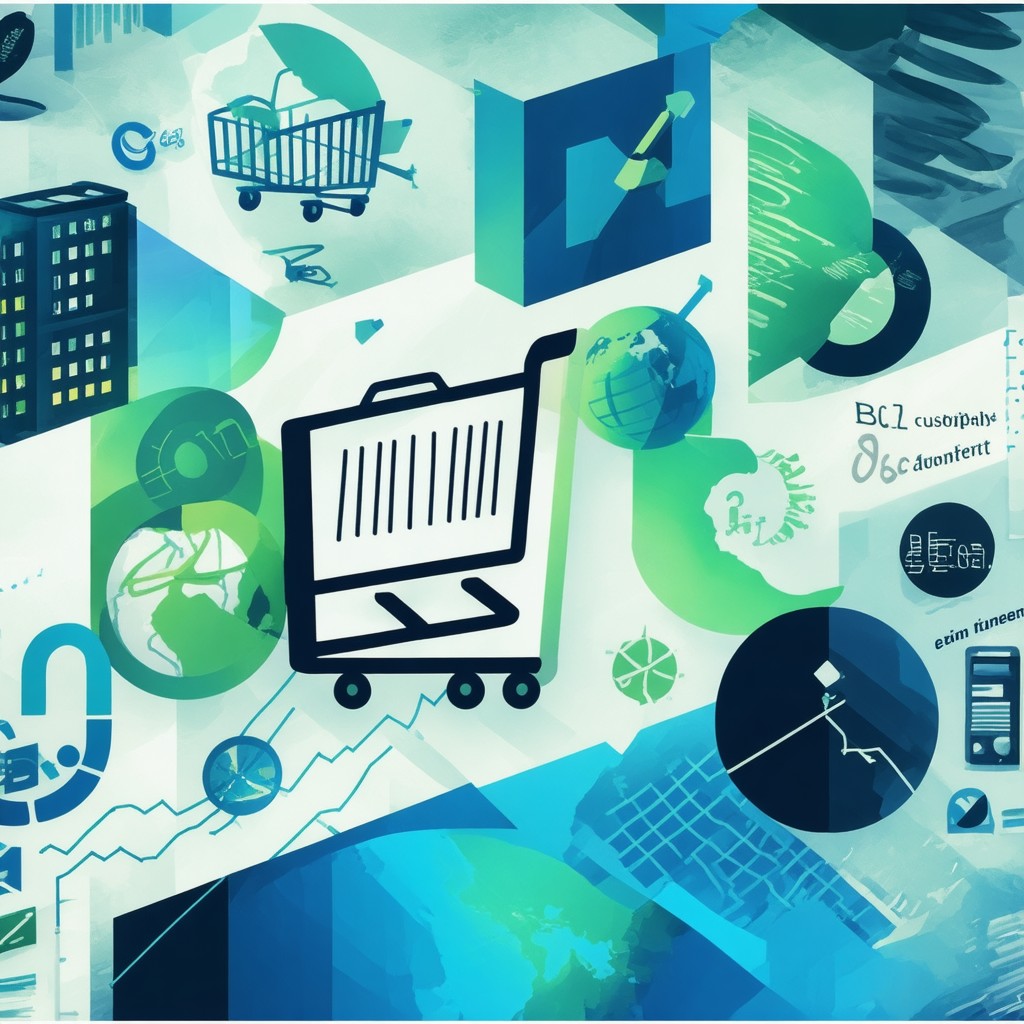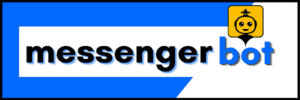Key Takeaways
- Understanding the cost of customer acquisition by industry is essential for optimizing marketing strategies and boosting profitability.
- Industry benchmarks reveal that average CAC varies widely: from $10-$30 in retail to $200-$1,200 in SaaS.
- A good CAC ratio is typically 3:1, indicating that businesses should generate three dollars in revenue for every dollar spent on acquiring a customer.
- Utilizing data analytics and automation tools can significantly lower CAC by enhancing customer engagement and optimizing marketing efforts.
- Regularly monitoring CAC trends and adapting strategies is crucial for sustainable growth and effective budget allocation.
Understanding the cost of customer acquisition by industry is crucial for businesses aiming to optimize their marketing strategies and enhance profitability. In this article, we will delve into the intricacies of customer acquisition cost (CAC), exploring its significance in both B2B and B2C contexts. We will examine what constitutes a good CAC ratio, industry benchmarks, and the ideal customer acquisition cost tailored to specific sectors. Additionally, we will provide insights into the customer acquisition cost by industry B2C and customer acquisition cost by industry B2B, along with trends in markets like India. By the end of this article, you will have a comprehensive understanding of the average customer acquisition cost by industry and actionable strategies to optimize your own customer acquisition costs. Join us as we uncover valuable benchmarks, ratios, and examples that can guide your business decisions.
What is the average customer acquisition cost by industry?
The average customer acquisition cost (CAC) varies significantly by industry, reflecting differences in marketing strategies, sales processes, and customer engagement. Here’s a breakdown of average CAC by key industries:
- Retail: The average CAC in the retail sector is approximately $10 to $30 per customer. This cost can fluctuate based on the marketing channels used, such as social media advertising or email campaigns.
- SaaS (Software as a Service): For SaaS companies, the average CAC can range from $200 to $1,200, depending on the complexity of the product and the sales cycle. Companies often invest heavily in content marketing and lead generation strategies to optimize this cost.
- Healthcare: In the healthcare industry, the average CAC is around $150 to $300. This includes costs associated with patient acquisition through digital marketing, referrals, and community outreach programs.
- Financial Services: Financial institutions typically see an average CAC of $200 to $500. This is influenced by regulatory requirements and the need for trust-building in customer relationships.
- E-commerce: E-commerce businesses often experience a CAC between $30 and $150. Factors such as seasonal promotions and targeted advertising campaigns can impact these figures.
- Real Estate: The average CAC for real estate agents can range from $500 to $1,000, largely due to the high-value nature of transactions and the necessity for personalized marketing efforts.
- Travel and Hospitality: In this sector, the average CAC is approximately $50 to $200, influenced by competitive pricing strategies and the use of online travel agencies.
To optimize customer acquisition costs, businesses are increasingly leveraging data analytics and automation tools. For instance, using chatbots, such as Messenger Bots, can enhance customer engagement and streamline the acquisition process, potentially lowering CAC by providing immediate responses and personalized experiences.
Understanding Customer Acquisition Cost (CAC)
Customer Acquisition Cost (CAC) is a critical metric that reflects the total cost of acquiring a new customer. This includes all marketing expenses, sales team costs, and any other resources dedicated to converting leads into paying customers. Understanding CAC is essential for businesses to evaluate the effectiveness of their marketing strategies and to ensure sustainable growth. By analyzing CAC, companies can identify which channels yield the best return on investment and adjust their strategies accordingly.
Importance of CAC in Business Strategy
Integrating CAC into your business strategy is vital for several reasons:
- Budget Allocation: Knowing your CAC helps in allocating budgets effectively across various marketing channels, ensuring that resources are directed toward the most profitable avenues.
- Profitability Analysis: A clear understanding of CAC allows businesses to assess their profitability. If the cost to acquire a customer exceeds the revenue generated from that customer, it signals a need for strategic adjustments.
- Long-term Planning: Monitoring CAC trends over time aids in forecasting future growth and scaling operations. It provides insights into customer behavior and market dynamics, enabling informed decision-making.
For further insights, consider reviewing reports from sources like HubSpot, Forbes, and Statista, which provide comprehensive analyses of customer acquisition costs across various industries.

What’s a Good CAC Ratio?
A good Customer Acquisition Cost (CAC) ratio is typically considered to be around 3:1, meaning that for every dollar spent on acquiring a customer, the business should aim to generate three dollars in revenue from that customer. This ratio indicates a healthy balance between investment in customer acquisition and the returns generated from those customers. Understanding this ratio is crucial for businesses looking to optimize their marketing strategies and improve overall profitability.
Defining the CAC Ratio
The CAC ratio serves as a key performance indicator that helps businesses evaluate the effectiveness of their customer acquisition strategies. A ratio of 3:1 suggests that the revenue generated from customers significantly outweighs the costs incurred to acquire them. This balance is essential for sustainable growth and profitability. To achieve and maintain an optimal CAC ratio, consider the following strategies:
- Optimize Marketing Channels: Focus on channels that yield the highest return on investment (ROI). Utilize analytics tools to track the performance of various marketing campaigns and adjust strategies accordingly.
- Enhance Customer Retention: Reducing churn can significantly improve your CAC ratio. Implement loyalty programs, personalized communication, and excellent customer service to keep customers engaged and satisfied.
- Leverage Data Analytics: Use data-driven insights to refine your target audience and tailor your marketing efforts. This can lead to more effective campaigns and lower acquisition costs.
- Invest in Automation: Tools like Messenger Bots can streamline customer interactions, providing immediate responses and support, which can enhance customer experience and potentially lower CAC.
- Evaluate Pricing Strategies: Ensure your pricing reflects the value provided. Competitive pricing can attract more customers, improving your CAC ratio.
- Monitor Industry Benchmarks: Stay informed about industry standards for CAC ratios. According to a study by ProfitWell, SaaS companies often aim for a CAC ratio of 3:1, but this can vary by industry.
- Continuous Improvement: Regularly review and adjust your customer acquisition strategies based on performance metrics and market trends to ensure ongoing optimization.
Factors Influencing a Good CAC Ratio
Several factors can influence the effectiveness of your CAC ratio. These include:
- Industry Standards: Different industries have varying benchmarks for CAC. For example, customer acquisition cost by industry B2C and customer acquisition cost by industry B2B can differ significantly.
- Market Conditions: Economic factors and market competition can impact customer acquisition costs. Staying adaptable to these changes is crucial.
- Customer Behavior: Understanding your target audience’s preferences and behaviors can help tailor your acquisition strategies effectively.
- Technological Advancements: Utilizing advanced tools and platforms, such as Brain Pod AI, can enhance your marketing efforts and reduce costs.
By focusing on these areas, businesses can improve their CAC ratio, leading to better profitability and sustainable growth. For further reading on effective customer acquisition strategies, refer to sources like HubSpot and Forbes.
What is the benchmark for CAC industry?
When evaluating Customer Acquisition Cost (CAC) benchmarks across various industries, it is essential to consider several key metrics that provide a comprehensive understanding of your business’s financial health. Understanding these benchmarks can help you gauge your performance against industry standards and identify areas for improvement.
Industry Benchmarks for Customer Acquisition Cost
CAC represents the total cost of acquiring a new customer, including marketing expenses, sales team costs, and any other related expenditures. Here are some average customer acquisition costs by industry:
- SaaS (Software as a Service): The average CAC is typically around $1.00 to $1.50 for every $1.00 of monthly recurring revenue (MRR).
- E-commerce: CAC can range from $10 to $50, depending on the product and marketing strategy.
- B2B Services: CAC often falls between $200 to $500, reflecting the longer sales cycles and higher investment in lead generation.
Additionally, a crucial benchmark to assess is the LTV-to-CAC ratio. A healthy ratio is generally considered to be 3:1 or higher, indicating that the lifetime value of a customer is three times greater than the cost of acquiring them. This ratio helps businesses understand the sustainability of their customer acquisition strategies.
Analyzing CAC Benchmarks by Sector
Different sectors exhibit varying customer acquisition costs due to their unique market dynamics and customer behaviors. For instance, the cost of customer acquisition by industry can significantly differ between B2C and B2B models. In the B2C space, customer acquisition cost by industry can be lower due to broader marketing strategies and higher volume sales. Conversely, customer acquisition cost by industry B2B tends to be higher due to the complexity of sales processes and the need for personalized engagement.
In markets like India, the customer acquisition cost by industry India can also vary widely, influenced by local competition and consumer behavior. Understanding these nuances allows businesses to tailor their strategies effectively, ensuring they remain competitive while optimizing their customer acquisition costs.
To enhance your CAC, consider implementing strategies such as targeted marketing campaigns, referral programs, and investing in high-quality content that attracts organic traffic and builds brand authority. For more insights on optimizing customer acquisition costs, check out Mastering user acquisition costs.
What is a good CAC for retail?
Understanding the customer acquisition cost in retail is crucial for businesses aiming to optimize their marketing strategies. A good Customer Acquisition Cost (CAC) for retail varies by industry, but a general benchmark is to aim for a CAC that is significantly lower than the Customer Lifetime Value (LTV). Ideally, businesses should strive for a LTV:CAC ratio of 3:1 or 4:1. To calculate CAC, use the formula:
CAC = Total Marketing and Sales Expenses / Number of New Customers Acquired
For example, if a retail business spends $30,000 on marketing and sales in a month and acquires 1,000 new customers, the CAC would be $30.
Customer Acquisition Cost in Retail
The average customer acquisition cost by industry can provide valuable insights into what retailers should expect. In the retail sector, CAC can vary widely based on several factors:
- Industry Standards: Different retail sectors have varying benchmarks. For instance, e-commerce businesses often have a CAC ranging from $10 to $50, while brick-and-mortar stores may see higher costs due to overhead.
- Marketing Strategies: Effective use of digital marketing channels, such as social media advertising and search engine optimization, can lower CAC. Utilizing tools like Messenger Bots for customer engagement can also enhance conversion rates, thereby reducing CAC.
- Customer Retention: Focusing on retaining customers can improve LTV, which in turn makes a higher CAC more acceptable. Strategies such as loyalty programs and personalized marketing can enhance customer retention.
- Sales Funnel Optimization: Streamlining the sales process and improving customer experience can lead to higher conversion rates, effectively lowering CAC.
- Market Conditions: Economic factors and competition can also impact CAC. Retailers should continuously analyze their market environment to adjust their strategies accordingly.
Comparing Retail CAC with Other Industries
When comparing customer acquisition cost by industry B2C and customer acquisition cost by industry B2B, it’s essential to recognize that retail often has unique challenges and opportunities. Retailers typically face higher customer acquisition costs due to the competitive landscape and the need for effective marketing strategies. In contrast, B2B companies may experience lower CAC due to longer sales cycles and more targeted marketing efforts.
Furthermore, examining the customer acquisition cost by industry India reveals that regional factors can significantly influence CAC. In emerging markets, retail businesses may find that local competition and consumer behavior necessitate tailored marketing approaches to optimize acquisition costs.
For further insights, consider exploring resources like HubSpot for marketing insights and Forbes for industry trends.

What is an Ideal Customer Acquisition Cost?
An ideal customer acquisition cost (CAC) is the total cost associated with acquiring a new customer, which includes marketing expenses, sales team salaries, and any other costs incurred in the process. To determine an ideal CAC, businesses should consider several key factors:
Determining the Ideal CAC for Your Business
- Industry Benchmarks: Understanding the average CAC in your industry can provide a baseline. For instance, SaaS companies often aim for a CAC that is one-third of the customer lifetime value (CLV).
- Customer Lifetime Value (CLV): The ideal CAC should be significantly lower than the CLV. A common rule of thumb is that the CAC should be no more than 30% of the CLV to ensure profitability.
- Marketing Channels: Different channels have varying costs associated with customer acquisition. For example, paid advertising may have a higher CAC compared to organic search or referrals. Analyzing the performance of each channel can help optimize spending.
- Sales Cycle Length: A longer sales cycle may increase CAC, as more resources are spent on nurturing leads. Streamlining the sales process can help reduce costs.
- Conversion Rates: Improving conversion rates at each stage of the sales funnel can lower CAC. This can be achieved through targeted marketing strategies and effective sales tactics.
- Use of Technology: Implementing tools like CRM systems and automation software can enhance efficiency and reduce CAC. For instance, utilizing chatbots for initial customer interactions can streamline the process and lower costs.
- Regular Review and Adjustment: CAC should be monitored regularly and adjusted based on changes in market conditions, customer behavior, and business strategy.
By focusing on these areas, businesses can establish an ideal CAC that supports sustainable growth. For further insights, refer to sources such as HubSpot for marketing statistics and Forbes for industry trends.
Strategies to Optimize Customer Acquisition Costs
To effectively optimize customer acquisition costs, businesses can implement several strategies:
- Leverage Data Analytics: Utilize data analytics to track customer behavior and preferences, allowing for more targeted marketing efforts.
- Enhance Customer Experience: Improving the overall customer experience can lead to higher retention rates, reducing the need for constant new customer acquisition.
- Utilize Automation Tools: Tools like Messenger Bot can automate responses and streamline interactions, reducing the time and resources spent on customer acquisition.
- Focus on Content Marketing: Creating valuable content can attract organic traffic and reduce reliance on paid advertising, lowering CAC.
- Test and Iterate: Regularly test different marketing strategies and channels to identify the most cost-effective methods for acquiring customers.
By implementing these strategies, businesses can effectively manage their customer acquisition costs, ensuring they remain competitive in their respective industries.
What is a reasonable cost per acquisition?
A reasonable cost per acquisition (CPA) is a critical metric for businesses to assess the efficiency of their marketing efforts. The CPA represents the total cost incurred to acquire a new customer, and it is essential to maintain a favorable ratio to ensure profitability.
Understanding Cost Per Acquisition (CPA)
The ideal CPA ratio is widely accepted as being approximately three times lower than the customer lifetime value (CLV). This 3:1 ratio indicates that for every dollar spent on acquiring a customer, the business should expect to earn three dollars in return over the customer’s lifetime. Maintaining this balance is crucial for sustainable growth.
Factors Influencing CPA
Several factors can affect CPA, including:
- Marketing Channels: Different channels (e.g., social media, email marketing, PPC) have varying costs associated with customer acquisition.
- Target Audience: The specificity and competitiveness of the target market can influence acquisition costs.
- Sales Process: A streamlined sales process can reduce CPA by improving conversion rates.
By understanding these factors, businesses can better strategize their marketing efforts to optimize CPA. For more insights on optimizing customer acquisition costs, check out Understanding customer acquisition costs.
Cost of Customer Acquisition by Industry Example
Case Studies: CAC Examples Across Industries
The cost of customer acquisition (CAC) varies significantly across different industries, influenced by factors such as competition, marketing strategies, and customer behavior. For instance, in the e-commerce sector, the average CAC can range from $30 to $150, depending on the product type and target audience. In contrast, the B2B technology industry often sees CAC figures exceeding $200, reflecting the complexity of sales cycles and the need for personalized marketing approaches.
Another notable example is the retail industry, where CAC can be as low as $10 for brands leveraging social media effectively, while traditional retailers may incur costs upwards of $50 due to higher overheads and less targeted marketing efforts. Understanding these examples helps businesses benchmark their own CAC against industry standards, allowing for more informed strategic decisions.
Lessons Learned from Customer Acquisition Costs in 2022
In 2022, businesses across various sectors learned valuable lessons about optimizing their customer acquisition costs. One key takeaway is the importance of data-driven marketing strategies. Companies that utilized analytics to refine their targeting and messaging saw a significant reduction in CAC. For example, businesses in the B2C space that implemented AI-driven tools, such as Messenger Bot, reported a decrease in CAC by up to 30% through improved customer engagement and personalized interactions.
Additionally, the rise of digital channels has transformed customer acquisition strategies. Companies that embraced multichannel marketing, including social media and email campaigns, found that diversifying their outreach efforts led to a more efficient allocation of resources and lower CAC. This trend highlights the necessity for businesses to adapt to changing consumer behaviors and invest in technologies that enhance customer interactions, ultimately driving down acquisition costs.




